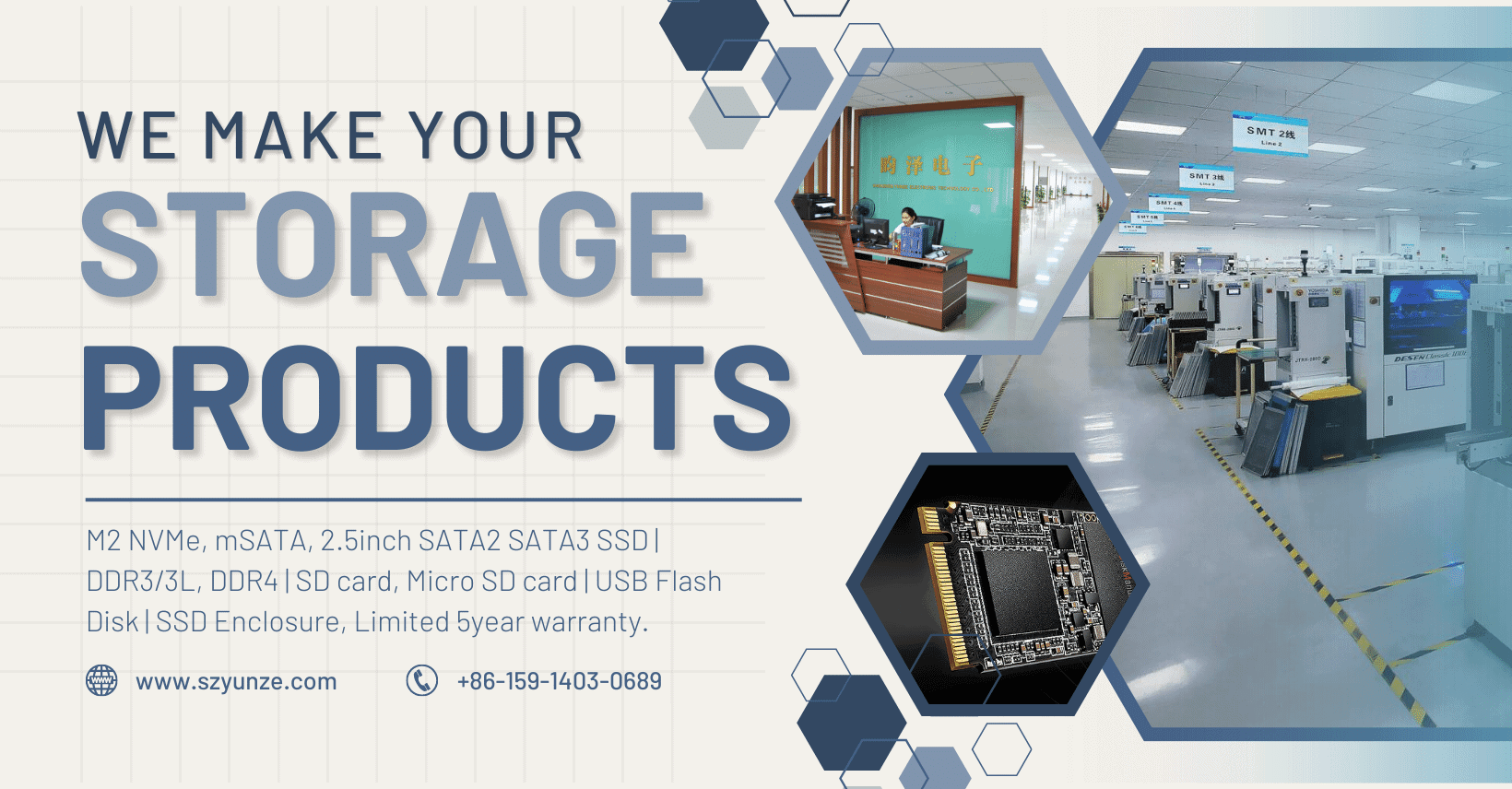How PCIe Enhances GPU Performance
By utilizing PCIe technology, the integration of GPUs into computer systems is seamless and highly efficient. PCIe's high bandwidth enables fast data transfers between the GPU and the CPU, ensuring that the GPU receives the necessary instructions and data in a timely manner.
Furthermore, PCIe's low latency ensures minimal delay in the transmission of data, reducing processing bottlenecks. This is particularly advantageous in applications where real-time responsiveness is crucial, such as gaming and virtual reality.
Additionally, the scalability of PCIe allows for the integration of multiple GPUs, further enhancing performance. In configurations such as SLI (Scalable Link Interface) and CrossFire, multiple GPUs can work together to process complex graphics and calculations, delivering unparalleled performance.
The Process of GPU Integration via PCIe
Integrating a GPU into a computer system via PCIe involves several steps and considerations. Let's briefly go through the process.
Preparing for GPU Integration
Prior to GPU integration, it is essential to ensure compatibility between the GPU and the motherboard. This includes verifying the PCIe version supported by the motherboard and the physical slot available for GPU installation.
Moreover, installing the necessary drivers and software for the GPU is crucial. These drivers enable the GPU to communicate effectively with the operating system and applications, maximizing compatibility and performance.
Steps in GPU Integration Using PCIe
Power off the computer: Before proceeding, it is necessary to turn off the computer and disconnect the power supply to prevent any electrical accidents.
Open the computer case: Carefully open the computer case to gain access to the motherboard and PCIe slots.
Identify the appropriate PCIe slot: Determine the correct PCIe slot for GPU installation based on factors such as available bandwidth and physical clearance.
Prepare the GPU: Remove the GPU from its packaging and ensure that any protective covers are removed. If necessary, attach any additional power connectors required by the GPU.
Insert the GPU: Carefully insert the GPU into the chosen PCIe slot, applying gentle pressure until it is securely seated. Ensure that the GPU is aligned correctly with the slot for proper connectivity.
Secure the GPU: Once the GPU is inserted, fasten it to the case using screws or other securing mechanisms to prevent any movement or dislodging.
Connect the necessary cables: Attach the power cables and any additional connectors required by the GPU. Ensure all connections are secure.
Close the computer case: Carefully close the computer case, ensuring that all components are properly aligned and secured.
Power on the computer: Connect the power supply and turn on the computer. The GPU should be detected, and the necessary drivers will be installed automatically or manually, depending on the operating system.
Verify GPU functionality: Once the computer is powered on, validate the GPU's functionality by running tests or launching GPU-intensive applications.
Advantages of Using PCIe for GPU Integration
The use of PCIe technology for GPU integration offers several significant advantages over alternative solutions. Let's explore these advantages:
Speed and Efficiency Gains
PCIe's high bandwidth and low latency enable speedy data transfers between the GPU and the CPU. This results in enhanced overall system performance, particularly in graphics-intensive applications and tasks.
"Furthermore, PCIe's power management techniques optimize energy consumption, leading to improved power efficiency and reduced heat generation. This energy efficiency is particularly beneficial in systems running multiple GPUs. For more information on PCIe's power management, you can explore the advantages in the following link: https://www.szyunze.com/
Scalability and Flexibility
PCIe's support for multiple lane configurations allows for scalability and flexibility in GPU integration. Systems can easily accommodate various GPU setups, ranging from a single GPU to multiple GPUs working in tandem. This scalability is crucial for demanding applications that require extensive computational power.
Future Trends in PCIe and GPU Integration
The field of PCIe technology and GPU integration is continuously evolving. Let's take a glimpse into some anticipated future developments:
Emerging Developments in PCIe Technology
PCIe technology continues to advance rapidly, with new iterations providing even higher data rates and improved features. The forthcoming PCIe 6.0 standard, for example, is expected to double the bandwidth of PCIe 5.0. This continuous evolution ensures that GPUs can leverage the full potential of PCIe, enabling them to handle increasingly demanding workloads.
Anticipated Advances in GPU Integration
As GPU technology continues to progress, future GPU integration is expected to offer more seamless experiences and increased performance. Advancements in chip architecture, power efficiency, and thermal management will result in GPUs that can deliver unparalleled computational power while maintaining optimal operating temperatures.
Moreover, with the rise of emerging technologies such as ray tracing, VR, and AI, GPUs will play an even more vital role in future computer systems. PCIe technology will continue to evolve to meet the demands of these technologies, ensuring that seamless GPU integration remains a crucial aspect of computing.
Conclusion
PCIe technology serves as the backbone for seamless GPU integration in computer systems. Its high bandwidth, low latency, and scalability make it an ideal choice for effective GPU communication and optimal performance. By utilizing PCIe, computer systems can harness the power of GPUs for a wide range of applications and benefit from the continuous advancements in both PCIe technology and GPU integration.




